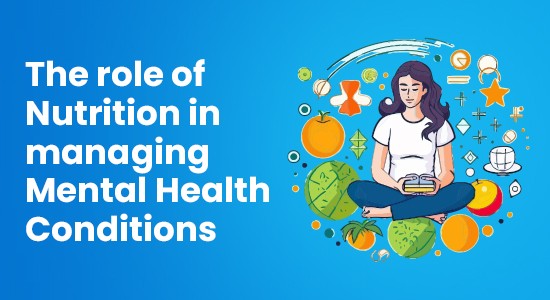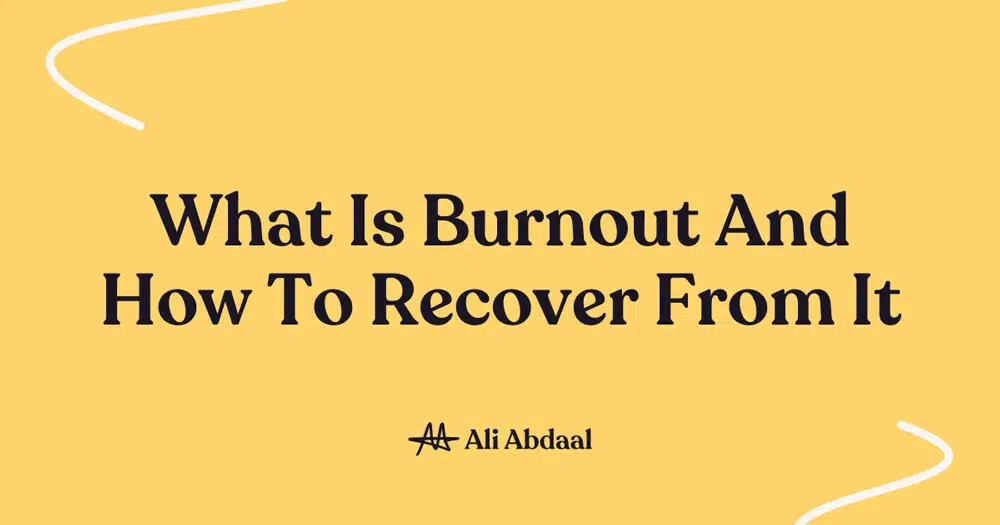In today’s fast-paced world, burnout has become a common issue affecting millions of people. Whether you’re juggling a demanding job, family responsibilities, or personal goals, the constant pressure can leave you feeling exhausted, overwhelmed, and disconnected. Burnout doesn’t just impact your productivity—it can also harm your physical and mental health. The good news is that burnout is preventable. In this guide, we’ll explore practical strategies to help you achieve a healthy work-life balance and protect your well-being.
What is Burnout?
Burnout is a state of emotional, physical, and mental exhaustion caused by prolonged stress. It often occurs when you feel overwhelmed, emotionally drained, and unable to meet constant demands. Common signs of burnout include:
- Chronic fatigue and low energy
- Decreased motivation and productivity
- Feelings of cynicism or detachment
- Difficulty concentrating
- Physical symptoms like headaches or stomach issues
The Importance of Work-Life Balance
Work-life balance refers to the equilibrium between your professional and personal life. Achieving this balance is essential for preventing burnout and maintaining overall well-being. When work takes over, it can lead to stress, strained relationships, and a decline in mental health. On the other hand, a healthy balance allows you to thrive both at work and in your personal life.
Tips for Preventing Burnout
Here are some actionable strategies to help you prevent burnout and create a more balanced life:
- Set Clear Boundaries
Establish clear boundaries between work and personal life. For example:- Avoid checking work emails or taking calls after hours.
- Designate a specific workspace at home to separate work from relaxation.
- Communicate your availability to colleagues and family members.
- Prioritize Self-Care
Self-care is not a luxury—it’s a necessity. Make time for activities that recharge you, such as:- Exercise or yoga
- Reading or hobbies
- Spending time with loved ones
- Getting enough sleep
- Learn to Say No
Overcommitting yourself is a fast track to burnout. Practice saying no to tasks or responsibilities that don’t align with your priorities or capacity. - Take Regular Breaks
Short breaks throughout the day can help you recharge and maintain focus. Try the Pomodoro Technique: work for 25 minutes, then take a 5-minute break. - Manage Your Time Effectively
Use time management techniques to stay organized and reduce stress. Some helpful tools include:- To-do lists
- Calendar apps
- Prioritizing tasks using the Eisenhower Matrix (urgent vs. important)
- Seek Support
Don’t hesitate to ask for help when you need it. Whether it’s delegating tasks at work or talking to a friend about your stress, support can make a big difference. - Practice Mindfulness
Mindfulness techniques, such as meditation or deep breathing, can help you stay present and reduce stress. Even a few minutes a day can have a positive impact. - Set Realistic Goals
Break larger tasks into smaller, manageable steps and set realistic deadlines. Celebrate your progress along the way to stay motivated. - Disconnect Regularly
Take time to unplug from technology and social media. A digital detox can help you recharge and gain perspective. - Focus on What You Can Control
Stress often arises from situations beyond your control. Instead of worrying about the uncontrollable, focus on what you can change and take proactive steps.
Recognizing the Signs of Burnout
Early detection is key to preventing burnout. Pay attention to these warning signs:
- Feeling exhausted even after rest
- Losing interest in work or hobbies
- Increased irritability or frustration
- Difficulty sleeping or changes in appetite
- Physical symptoms like headaches or muscle pain
If you notice these signs, take immediate steps to address the underlying causes.
The Role of Employers in Preventing Burnout
Employers also play a crucial role in preventing burnout among employees. Companies can:
- Promote a healthy work culture that values work-life balance.
- Offer flexible work arrangements, such as remote work or flexible hours.
- Provide resources for mental health support, such as counseling or wellness programs.
- Encourage regular breaks and time off.
Creating a Personalized Burnout Prevention Plan
Everyone’s needs are different, so it’s important to create a plan that works for you. Here’s how:
- Assess Your Current Situation: Identify areas of your life that feel overwhelming or out of balance.
- Set Priorities: Determine what matters most to you and allocate your time accordingly.
- Implement Changes: Start with small, manageable changes and gradually build on them.
- Monitor Your Progress: Regularly evaluate how you’re feeling and adjust your plan as needed.
The Long-Term Benefits of Preventing Burnout
Preventing burnout isn’t just about avoiding stress—it’s about creating a fulfilling and sustainable lifestyle. Some long-term benefits include:
- Improved physical and mental health
- Stronger relationships with family and friends
- Increased productivity and job satisfaction
- Greater overall happiness and well-being
Conclusion
Burnout is a serious issue, but it’s not inevitable. By prioritizing work-life balance, practicing self-care, and seeking support, you can protect yourself from burnout and enjoy a more balanced, fulfilling life. Remember, small changes can lead to big results over time. Start implementing these strategies today and take the first step toward a healthier, happier you.





